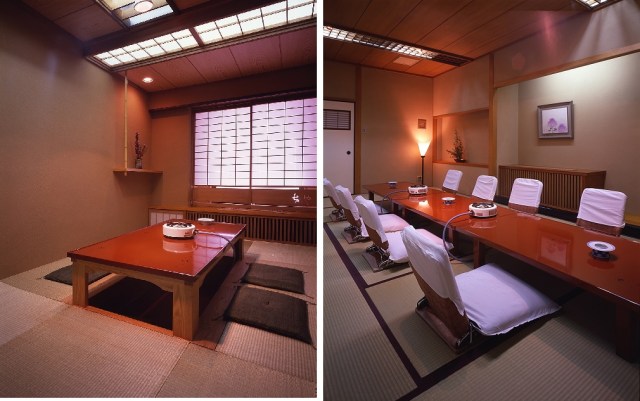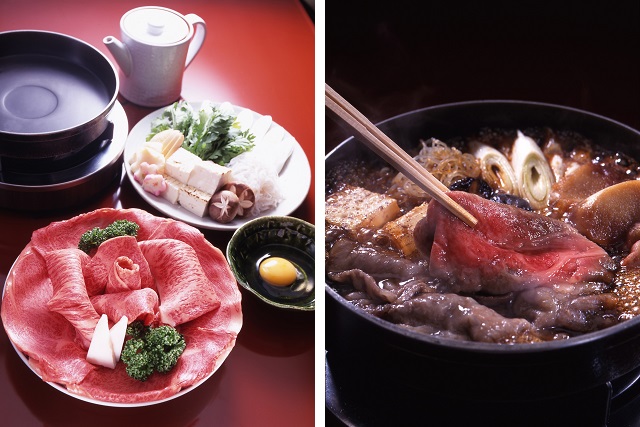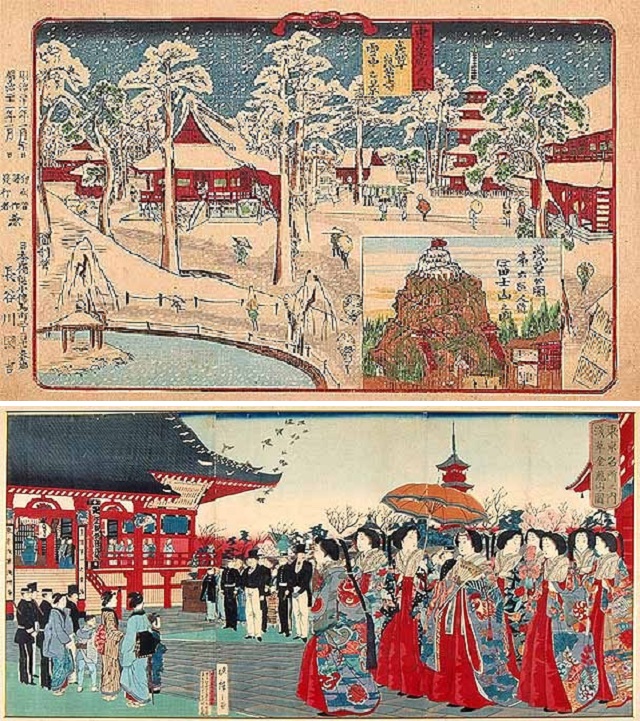140-year-old sukiyaki restaurant in Tokyo closing due to coronavirus pandemic

Asakusa’s Chinya has been serving visitors to the historical district for more than a century.
If you’re in Tokyo’s Asakusa neighborhood and in the mood for sukiyaki, the staff at Chinya is waiting to satisfy that craving. That’s true today, it was true yesterday, and it was true over a hundred years ago.
Unfortunately, it’s not going to be true much longer.
▼ Chinya’s entrance
8月いっぱいで閉店。
— ユニコーン (@iDJT71qc2LqjHRQ) July 12, 2021
浅草の名店、すき焼きちんや。 pic.twitter.com/OIoMxZwY5B
The restaurant started serving meals all the way back in the Meiji period, seating its first diners in 1880. With sukiyaki rising in popularity, they began specializing in the simmered beef dish in 1903. Next month, though, they’re shutting down, and the pandemic is to blame.
▼ Chinya’s sukiyaki

A combination of factors have caused Chinya to be hit harder during the coronavirus crisis than other eateries. Under normal conditions, it benefits from its prime location just a few steps from the famous Kaminarimon gate at the start of the approach to Sensoij Temple, one of Tokyo’s most biggest sightseeing attractions. But with Japan closed to international tourism, and even many Japanese residents avoiding travel and eating out, Chinya has seen a severe drop in customers.
▼ The importance of foreign diners to Chinya is reflected by its website’s extensive English and French descriptions of their fare.

A lot of restaurants have tried to cope during the pandemic by expanding their takeout and delivery options, but this isn’t so easy when your signature dish is sukiyaki. It’s a luxurious meal that’s meant to be slowly cooked at the table so you can pop morsels into your mouth just moments after they come out of the pot, and so pre-made pick-up versions can’t match the fresh-cooked flavor of the in-restaurant experience.
“Sukiyaki, at its core, is something that shortens the distance between people and brings them close together,” says Chinya’s sixth-generation owner, Fumihiko Sumiyoshi, and that applies in both a figurative and physical sense. Clustering around a communal cooking pot is something that’s difficult to combine with social distancing, and even if individual pots are used, the high cost of sukiyaki means it’s often something to be enjoyed in a group as part of a party of other celebratory occasion
Chinya’s closing isn’t just a sad development for foodies, but for art history fans as well. The interior boasts a number of classical kaika-e paintings, which combine traditional Japanese and Wester artistic techniques, and were in vogue as Japan opened up to the international community in the late 1800s and early 1900s.
▼ A small sample of Chinya’s kaika-e collection

Chinya’s last day in operation will be August 15. However, it might not be goodbye for good. In the closure announcement on its website, Chinya says that it hopes that someday in the future the restaurant will be able to reopen. “In the meantime, we’ll be humming the song [known overseas as] ‘Sukiyaki,’” the announcement says, which in Japanese is titled “Ue wo Muite Arukou,” which translates to “Let’s keep our head up as we walk on,” and hopefully that positive attitude will let people enjoy a meal at a reborn Chinya.
Restaurant information
Chinya / ちんや
Address: Tokyo-to, Taito-ku, Asakusa 1-3-4
東京都台東区浅草1-3-4
Website
Source: Chinya, Asahi Shimbun Digital
Top image: Chinya
Insert images: Chinya (1, 2, 3)
● Want to hear about SoraNews24’s latest articles as soon as they’re published? Follow us on Facebook and Twitter!
Credit:

0 comments: